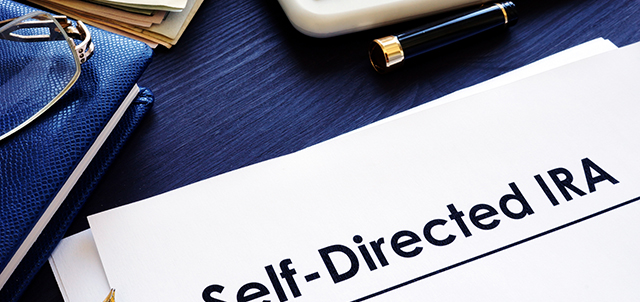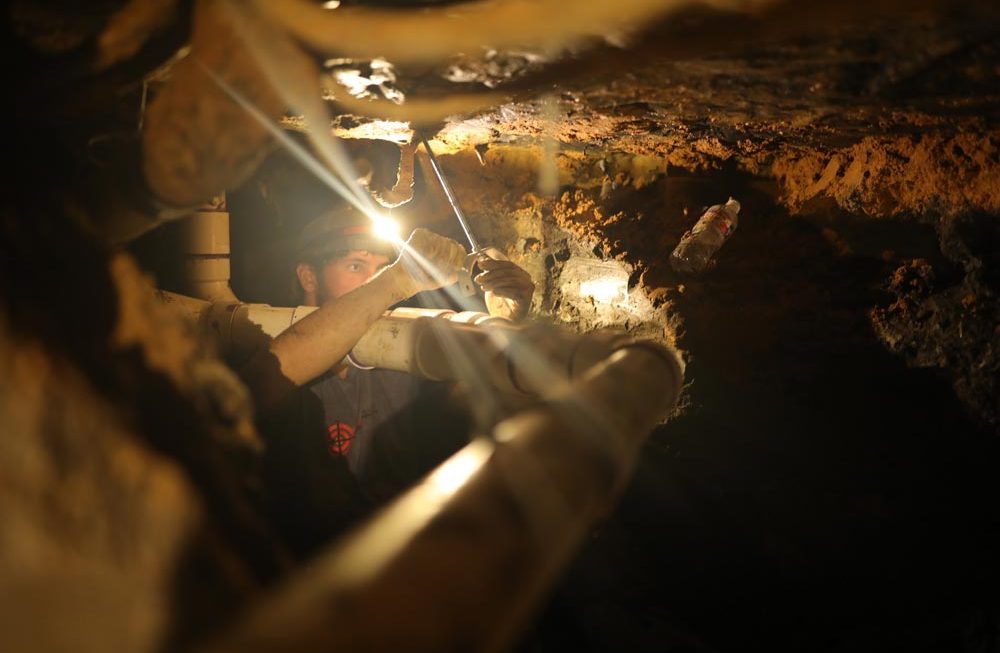When it comes to planning for retirement, a diverse and well-managed investment portfolio is essential. While many people are familiar with traditional Individual Retirement Accounts (IRAs), few are aware of the incredible potential offered by a self-directed IRA (SDIRA). A self-directed IRA allows investors to take complete control of their retirement funds and explore a wide range of alternative investment opportunities beyond conventional options. This article will focus on what a self-directed IRA is, how to set up a self directed ira, and the numerous advantages it provides to proactive investors.
What is a Self-Directed IRA?
A self-directed IRA is a unique retirement account that allows investors to choose from an extensive selection of alternative assets to invest in, such as real estate, private equity, precious metals, cryptocurrencies, and much more. Unlike traditional IRAs, which are typically limited to stocks, bonds, and mutual funds, the self-directed IRA opens up a world of possibilities for investors seeking to diversify and potentially boost their returns.
Setting up a Self-Directed IRA
Read the points to know about how to set up a self directed ira –
Choose a Self-Directed IRA Custodian: The first step in setting up a self-directed IRA is selecting a reliable custodian who specializes in these types of accounts. The custodian will be responsible for managing administrative tasks and ensuring compliance with IRS regulations.
Fund an Account: After choosing a custodian, one must fund the self-directed IRA. One can do this through contributions (subject to IRS limits) or by transferring or rolling over funds from existing retirement accounts.
Make Investments: With a self-directed IRA funded and a clear understanding of the investment choices, one can start investing in alternative assets that align with the financial goals and risk tolerance.
Advantages of a Self-Directed IRA
Diversification: One of the primary advantages of a self-directed IRA is the ability to diversify the retirement portfolio beyond traditional stocks and bonds.
Greater Control: With a self-directed IRA, one has the freedom to make investment decisions based on expertise, interests, and market insights. This level of control empowers one to respond quickly to market opportunities.
Tax Advantages: Like other IRAs, a self-directed IRA offers potential tax benefits, such as tax-deferred or tax-free growth, depending on whether it is a traditional or self-directed IRA.
Inflation Hedge: Certain alternative assets, such as real estate and precious metals, have historically served as a hedge against inflation. Including these assets in a self-directed IRA can help protect retirement savings from the eroding effects of inflation.
Conclusion
A self-directed IRA is a powerful tool for individuals looking to take control of their retirement planning and explore alternative investment opportunities. While setting up and managing a self-directed IRA requires diligence and informed decision-making, the rewards can be well worth the effort. As with any investment strategy, it’s crucial to seek guidance from financial professionals on how to set up a self directed ira to turn the retirement journey into a dynamic and rewarding adventure.




